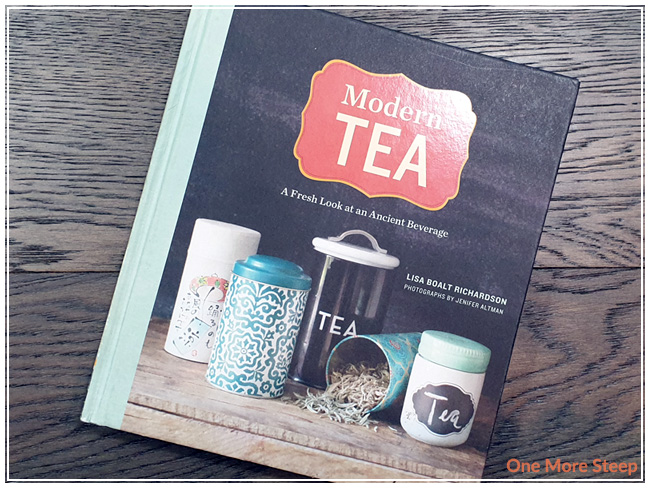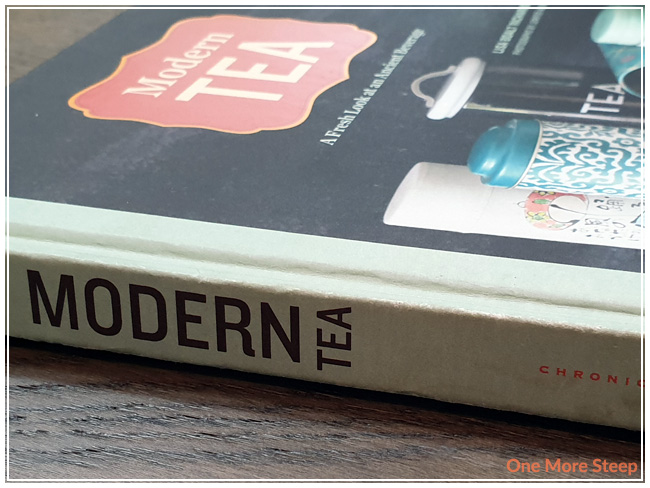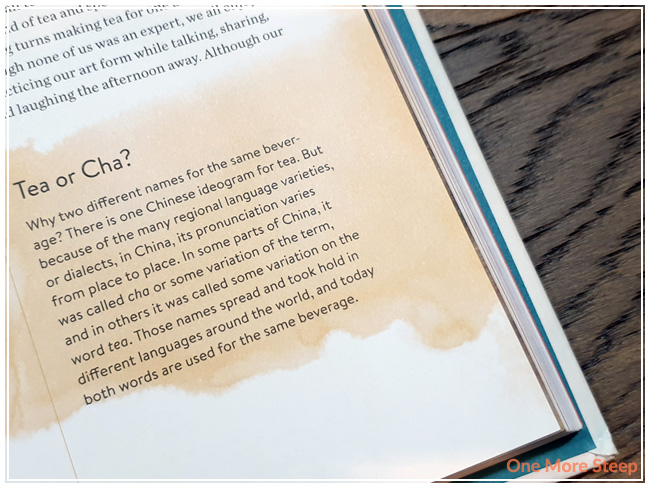Jane Pettigrew’s World of Tea: Discovering Producing Regions and Their Teas
Author: Jane Pettigrew
Published 2018 by Hoffman Media
Cover Price: $59.95USD
434 pages
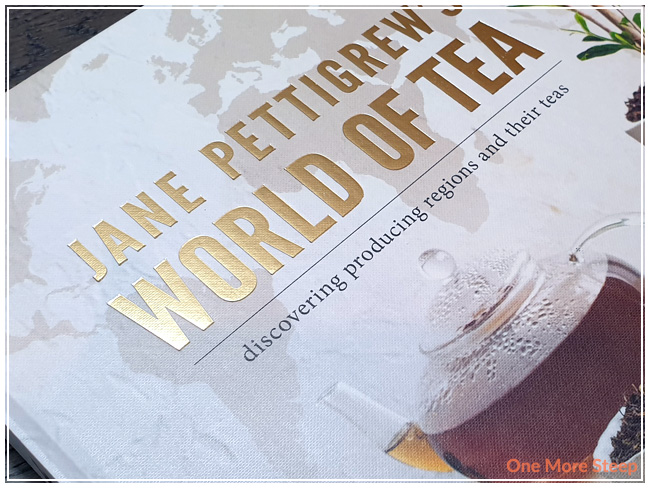
First Impressions
Jane Pettigrew’s World of Tea is a much larger reference book than I had anticipated when I purchased it. It’s basically the same size and shape as a typical university-level psychology textbook, but infinitely more interesting in terms of information. World of Tea is a lovely hardcover coffee-table style book that has a matte feeling cover and gold for the text on the front cover and the spine.
World of Tea is an impressive text. The introductory section, called The Origins of Tea, talks about the different types of tea (including yellow tea, which is left out of a lot of tea reference books!), storage, teaware, and steeping tea. Then Pettigrew goes into the different tea producing regions – each chapter covering a different location (North America, Central and South America, Africa, Europe, Asia, and Oceania). Each chapter is further broken down into countries and provinces/states. The photography through the book is bright and colourful, albeit mostly green.
This thick text also consists of two ribbon markers, which I think is such a lovely touch. They’re long, green, and can easily help you reference information with the flip of pages. I really like them because if you’re going to use it as a coffee table book, you can opt to use them to mark interesting pages, or perhaps the pages that you’re going to be constantly referring to (e.g. the page on how long to steep different types of teas).
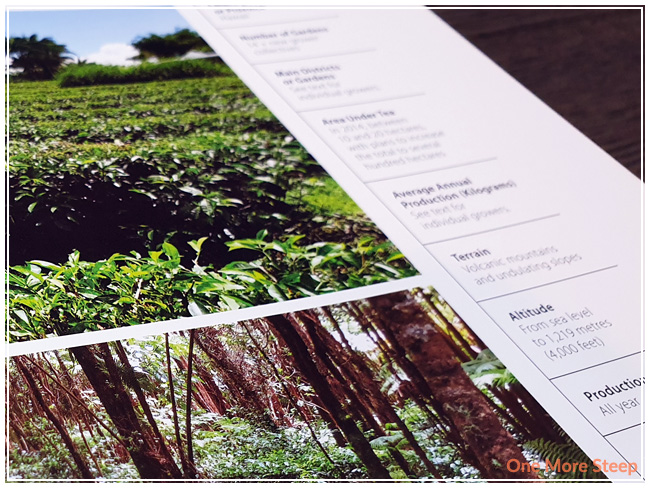
Things That Stood Out
I just loved the photography throughout. It gives you a great sense in how different tea farms around the world are set up and how just how different tea leaves look after being processed – if you didn’t already know about it. I think it’s great that Pettigrew was able to highlight such a variety of farms and tea producing regions around the world – there’s literally something on everywhere that you could possibly think of. I didn’t realize that there were so many tea producers in North America, let along throughout Europe and South America. I knew that countries like China, Japan, and India would be covered with tea farms, but it was certainly an eye-opener to see just how many farms there were everywhere. Tea is considered to be the most consumed beverage globally, after water, so it’s fascinating to learn just how many farms are necessary to keep all of those tea drinkers happy!
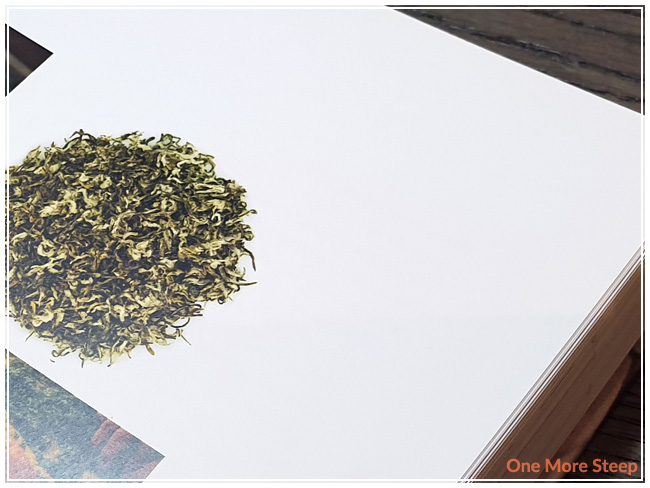
Favourite Section(s)
I loved the section that covered tea-growing farms in British Columbia, because that’s where I am from. There were two farms listed, neither of which I have had the pleasure of visiting yet, so they’re now on my “to visit” list and to try teas that are grown “locally”. I loved getting to learn about tea farms from around the world, without ever leaving my living room.
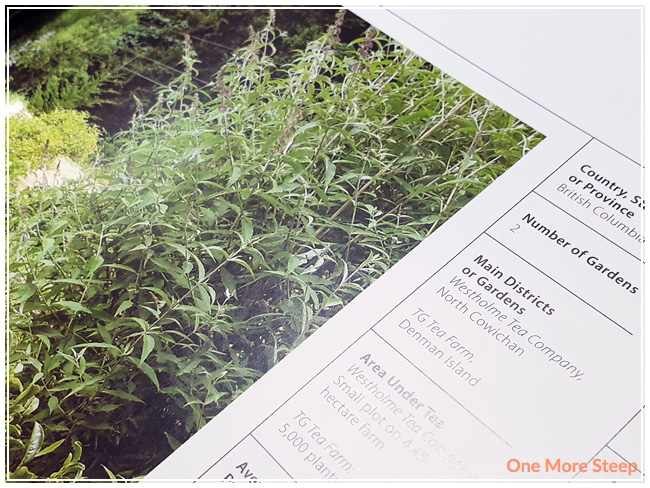
My Overall Impression
![]()
I loved Jane Pettigrew’s World of Tea. I think it’d be an epic book to start off with for the beginner tea lover, and it’d be a great reference book for established tea enthusiasts as well. Most other tea books talk about types of tea, storage, steeping, and a bit about ceremony, maybe some tea blending recipes or about afternoon tea. I think what sets World of Tea apart is the showcasing of tea farms around the world, which makes it a fascinating book to flip through and read because it really does show you the areas where your tea literally comes from, which I think is great for education purposes. Plus, the beautiful photography doesn’t hurt either.
Curious about the cup rating system? Click here to learn more.
